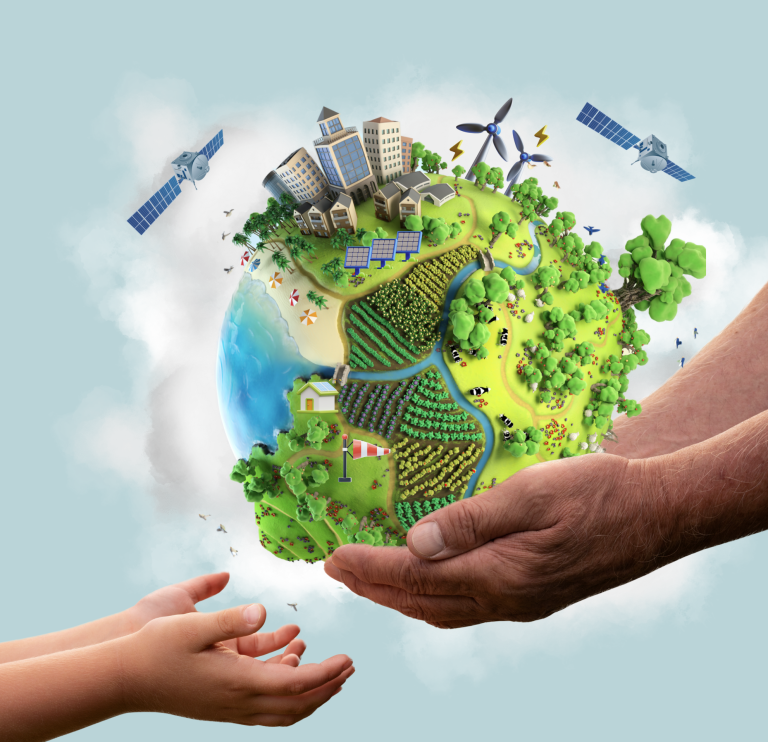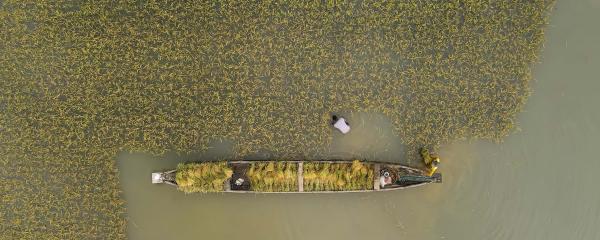The future

The Challenge
The Intergovernmental Panel on Climate Change has declared that “it is now or never” to take drastic climate action.
UN Secretary-General António Guterres has increased calls to unlock the finance developing countries need for both mitigation and adaptation. Developed countries must double adaptation funding, to at least $40 billion a year, by 2025.
Mr Guterres is mobilizing the entire UN system to help governments commit to new national climate plans - known as Nationally Determined Contributions – aligned with the 1.5°C limit.
As an active part of the UN family, WMO will step up to the challenge.
The demand for weather, climate and water forecast information in support of decision-making has never been higher and is likely to further rapidly increase in the coming years.
The WMO community is harnessing the power of supercomputers, satellite and remote sensing technology, smart mobile devices and Artificial Intelligence, and strengthening partnerships with the private sector.
There are grounds for hope.
The ozone layer, which protects against the sun’s harmful UV rays, is on track to recovery thanks to the world’s most successful environmental treaty – the Montreal Protocol – and the phasing out of ozone-destroying chemicals.
This sets a positive precedent for climate action.
Renewable energy is powering ahead.
Cities and other urban areas also offer significant opportunities for emissions reductions. These can be achieved through lower energy consumption (such as by creating compact, walkable cities), electrification of transport in combination with low-emission energy sources, and enhanced carbon uptake and storage using nature.
The United Nations Climate Change conference, COP28, in Dubai concluded with a historic agreement to transition away from fossil fuels, triple renewable energy and increase climate finance for the most vulnerable.
The so-called UAE consensus seeks to tackle emissions, bridge the gap on adaptation, reimagine global finance, and deliver on loss and damage.
The entire UN family will come together in September 2024 for the Summit of the Future. The aim of the Summit is twofold: accelerate efforts to meet our existing international commitments and take concrete steps to respond to emerging challenges and opportunities. This will be achieved through an action-oriented outcome document called the Pact for the Future.
The result will be a world – and an international system – that is better prepared to manage the challenges we face now and in the future, for the sake of all humanity and for future generations.
To achieve this, governments, the corporate and financial sectors and civil society must all unite.
Global action today is crucial because it will shape the future planet. There is no Planet B.
WMO is partnering with the UN Development Programme on a climate action campaign. This will be unveiled it on 21 March ahead of World Meteorological Day..
The lives of future generations are in our hands. We want our children and grandchildren to be able to play outside without worrying about heatstroke and air pollution; to be free of hunger and disease; to be protected against severe weather in their homes and schools. We want our children to be able to enjoy the nature and biodiversity which we took for granted.
WMO is on the Frontline of Climate Action because we want our children not just to survive, but to thrive.



